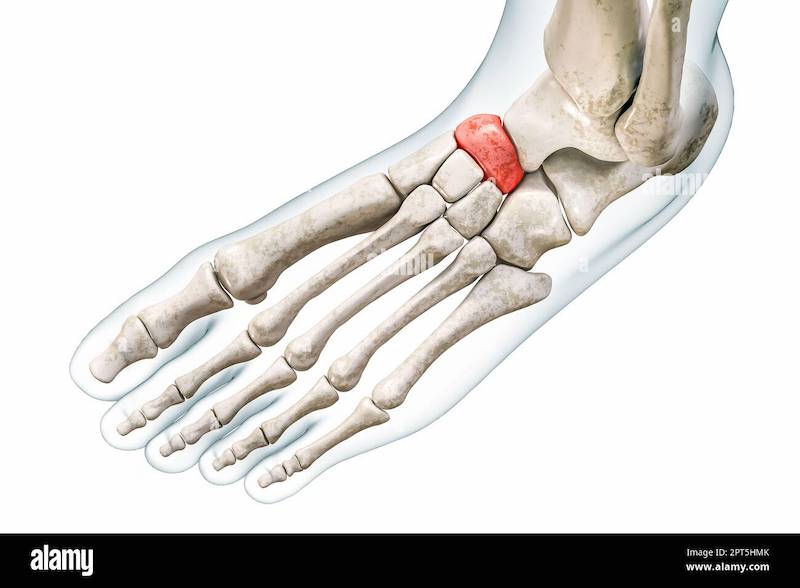|
Prepare to discover why the most overlooked part of our body, that we workout the least but rely upon the most, is also the cause of so many injuries and imbalances elsewhere in the body ... and also what you can do about it. Yup, today we're taking our feet to the gym. Strange idea? Well, read on then... At the ISA a phrase you commonly hear is "trust in the process". Our training and educational programmes sometimes include some unexpected elements. Like 'Ankle Week', where early on we spend time working on all the little muscles through the feet and ankle to strengthen these before students go on to bigger and more challenging things, such as Parkour.
So why all the fuss about feet? Weak muscles in the feet can contribute to injuries in the leg in a number of ways. When the muscles in the feet are weak, they are less able to provide support and stability for the ankle, which can increase the risk of ankle sprains. This is because the ankle joint relies on the surrounding muscles, tendons, and ligaments for support and stability, and weak foot muscles can increase the strain on these structures during physical activity. Weak foot muscles can also contribute to injuries in the knee by altering the mechanics of the lower leg. When the foot muscles are weak, it can affect the alignment of the foot, causing it to roll inward or outward excessively. This can lead to increased stress on the knee joint, which can increase the risk of knee injuries, such as ligament sprains, meniscus tears, and patellofemoral pain syndrome. In addition, weak foot muscles can also contribute to injuries in the hip and lower back. When the foot muscles are not strong enough to properly support the arches of the feet, it can cause the feet to flatten out and roll inward. This can create a chain reaction that affects the alignment of the entire lower limb, leading to increased stress and strain on the muscles and joints of the hip and lower back. Strong Feet are essential to a long and happy career Strong feet can help prevent ankle, knee, hip, and back problems by providing a stable foundation for the body to move upon. When the muscles in the feet are strong and properly engaged, they can help distribute weight and absorb shock more effectively, reducing the amount of stress that is placed on the ankles, knees, hips, and lower back. In addition, strong feet can also help athletes reduce the risk of sprains and strains. When the muscles in the feet are strong, they are better able to stabilize the ankle and foot during rapid changes in direction, jumps, and other high-impact activities. There are several methods that can be used to train and strengthen the muscles in the feet, including:
It's important to start with basic exercises and gradually increase the difficulty and intensity as your muscles become stronger. Incorporating these exercises into your daily routine can help improve foot strength and reduce the risk of injury. The problem with modern life: 'Hard Floor, Soft Shoe' Hard floors and soft shoes can both contribute to foot and ankle weakness and muscle imbalances. Hard floors, such as concrete or tile, can be unforgiving on the feet and can cause the muscles of the foot to work harder to maintain stability and balance. This can lead to muscle fatigue and weakness over time, especially if you spend a lot of time standing or walking on hard surfaces. On the other hand, soft shoes, such as sneakers with heavily cushioned soles, can reduce the amount of sensory feedback that the foot receives from the ground. This can lead to a reduction in the activation of the muscles in the foot, which can contribute to muscle weakness and imbalances. To address the effects of hard floors or soft shoes on foot and ankle weakness or muscle imbalances, there are several strategies that can be used:
By incorporating these strategies into your training routine, you can help improve foot and ankle strength and reduce the risk of muscle imbalances or injuries. So, that's why we recommend you never skip 'foot day'! Comments are closed.
|
AuthorThis blog os co-authored by The ISA Team Archives
June 2024
Categories
All
|


 RSS Feed
RSS Feed

3/10/2023